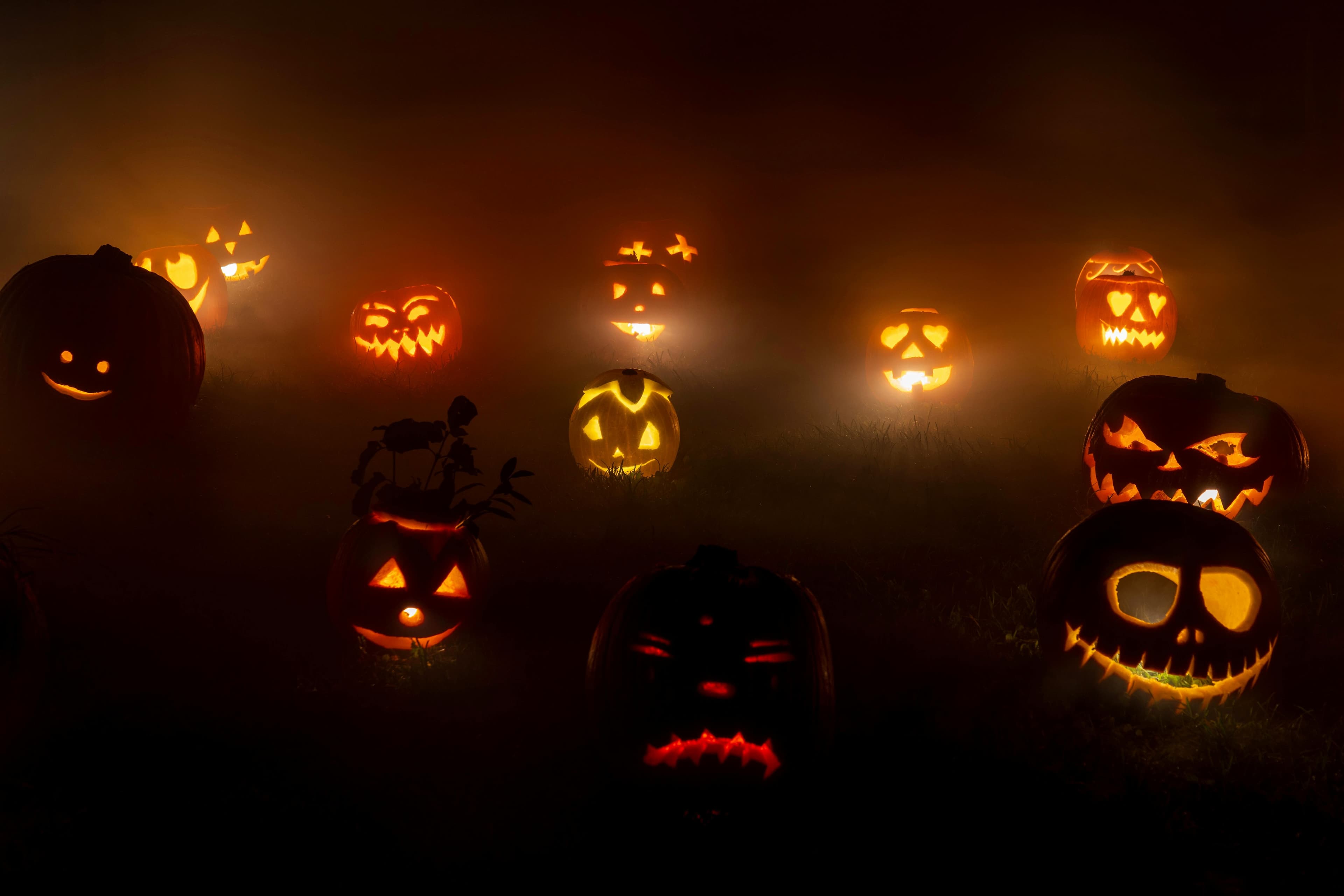Halloween: Beyond the Candy Corn - The Spooky Trivia You're Dying to Know

Welcome, trivia lovers and Halloween enthusiasts! While we all love the thrill of a good scare and the sweet taste of a candy haul, the history of Halloween is a fascinating tapestry woven with ancient rituals, strange traditions, and spooky superstitions. Let's peel back the plastic mask and look at what's really lurking in the shadows of this beloved holiday.
The Ancient Roots: It Wasn't Always About Candy
Long before plastic skeletons and inflatable ghouls, there was Samhain (pronounced "SOW-in").
The Original Festival: Celebrated by the Celts over 2,000 years ago in what is now Ireland, the UK, and northern France, Samhain marked the end of the harvest season and the beginning of the "darker half" of the year—winter.
A Thin Veil: The Celts believed that on the night of October 31st, the boundary between the worlds of the living and the dead became blurred. The spirits of the dead were thought to return to earth.
Costumes with a Purpose: To avoid being recognized and kidnapped by these roaming spirits, people would wear masks and costumes to disguise themselves as fellow ghouls. Talk about a high-stakes costume party!
Jack-O'-Lanterns: A Tale of a Trickster and a Turnip
The story of the jack-o'-lantern comes from an Irish myth about a man named Stingy Jack.
The Deal with the Devil: Stingy Jack tricked the Devil not once, but twice, trapping him and only letting him go on the condition that Jack would not go to Hell.
A Ghostly Fate: When Jack died, Heaven didn't want such a troublemaker, and the Devil, true to his word, barred him from Hell. Jack was doomed to roam the Earth for eternity with only a burning coal inside a hollowed-out turnip to light his way.
The Great Pumpkin Takeover: The Irish began carving scary faces into turnips and potatoes to ward off Stingy Jack and other wandering evil spirits. When immigrants came to America, they found that pumpkins were far more plentiful and easier to carve than turnips, and a new tradition was born!
Trick-or-Treating: From Soul Cakes to Snickers
The origins of demanding candy from your neighbors are surprisingly spiritual.
Souling for Cakes: In medieval Britain, poor people, often children, would go "souling" on All Souls' Day (November 2nd). They would visit wealthy homes and offer prayers for the family's dead relatives in exchange for small, spiced currant cakes called "soul cakes."
The "Trick" is Relatively New: The "trick" element became prominent in North America in the early 20th century. It was often less about vandalism and more about a playful performance—kids would sing a song, tell a joke, or do a dance to earn their treat.
Black Cats: From Divine to Ominous
These sleek felines have had a rollercoaster of a reputation.
Ancient Egyptian Royalty: In ancient Egypt, cats were revered and associated with the gods. To harm one was a serious crime.
A Medieval Misunderstanding: During the witch hunts in Europe, it was believed that witches could transform into black cats to prowl unnoticed. This superstition led to the mass killing of black cats and cemented their association with bad luck and witchcraft. (A great piece of trivia: In some cultures, like Scotland and Japan, a black cat crossing your path is actually considered good luck!)
And What About That Candy Corn?
Ah, the most divisive Halloween candy of all. Love it or hate it, its history is sweet.
A Humble Beginning: Candy corn was invented in the 1880s by George Renninger of the Wunderlee Candy Company.
Chicken Feed: Its original name was "Chicken Feed." Why? Because at the time, corn was commonly associated with feeding chickens. The tri-color design was a revolutionary novelty that mimicked a kernel of corn.
A Halloween Staple: It was cheap to produce and became popular in a time when Halloween was more about simple, harvest-themed treats and games than a massive candy free-for-all.
BONUS TRIVIA BITE: The Full Moon Phobia
Think a Halloween full moon is extra spooky? Think again! A full moon on October 31st is incredibly rare. The last one was in 2020, and before that, you have to go all the way back to 2001. The next one won't be until 2039! So, if you see one, consider it a truly magical night.
We hope you enjoyed this deep dive into the spooky history of Halloween! Which piece of trivia shocked you the most? Share your favorite Halloween fact with us in the comments, and be sure to explore Triviaah.com for more fascinating deep dives into the history behind your favorite holidays and traditions!
Happy Halloween from all of us at Team Triviaah!